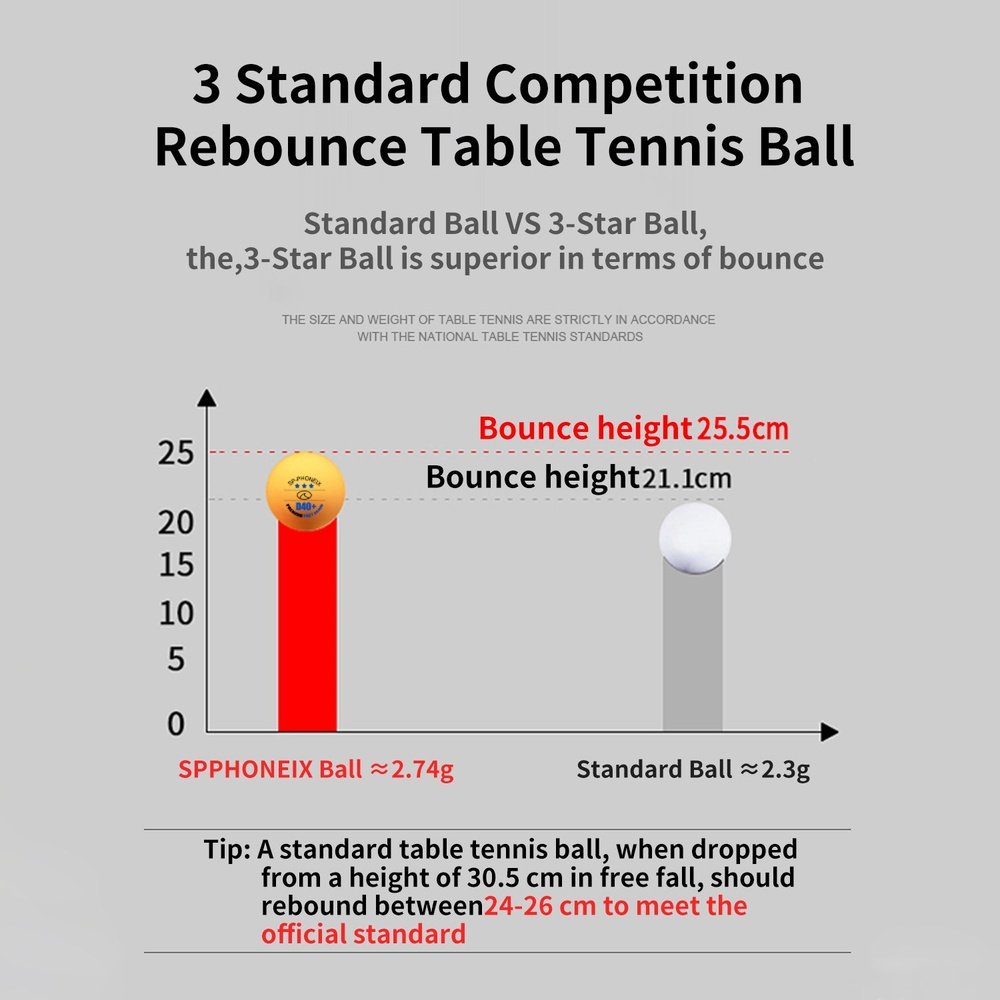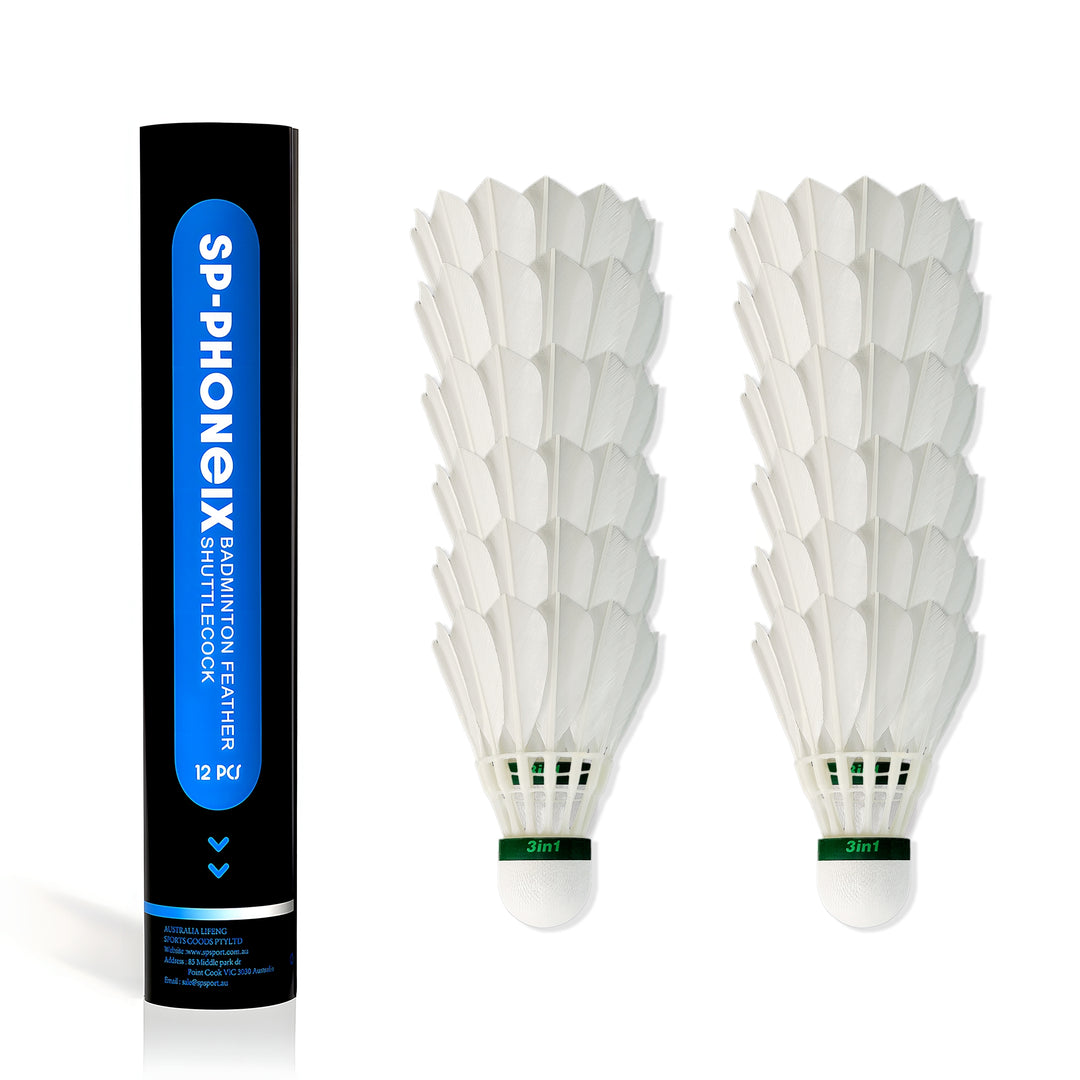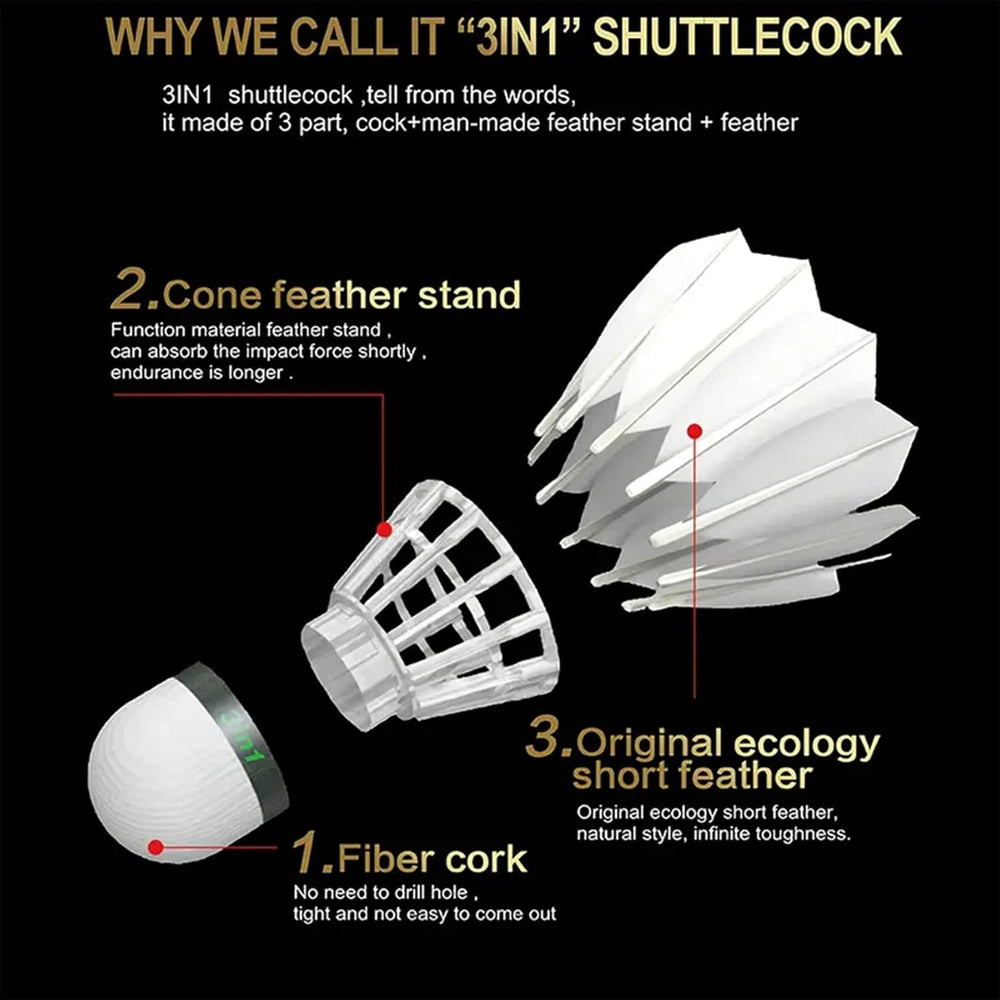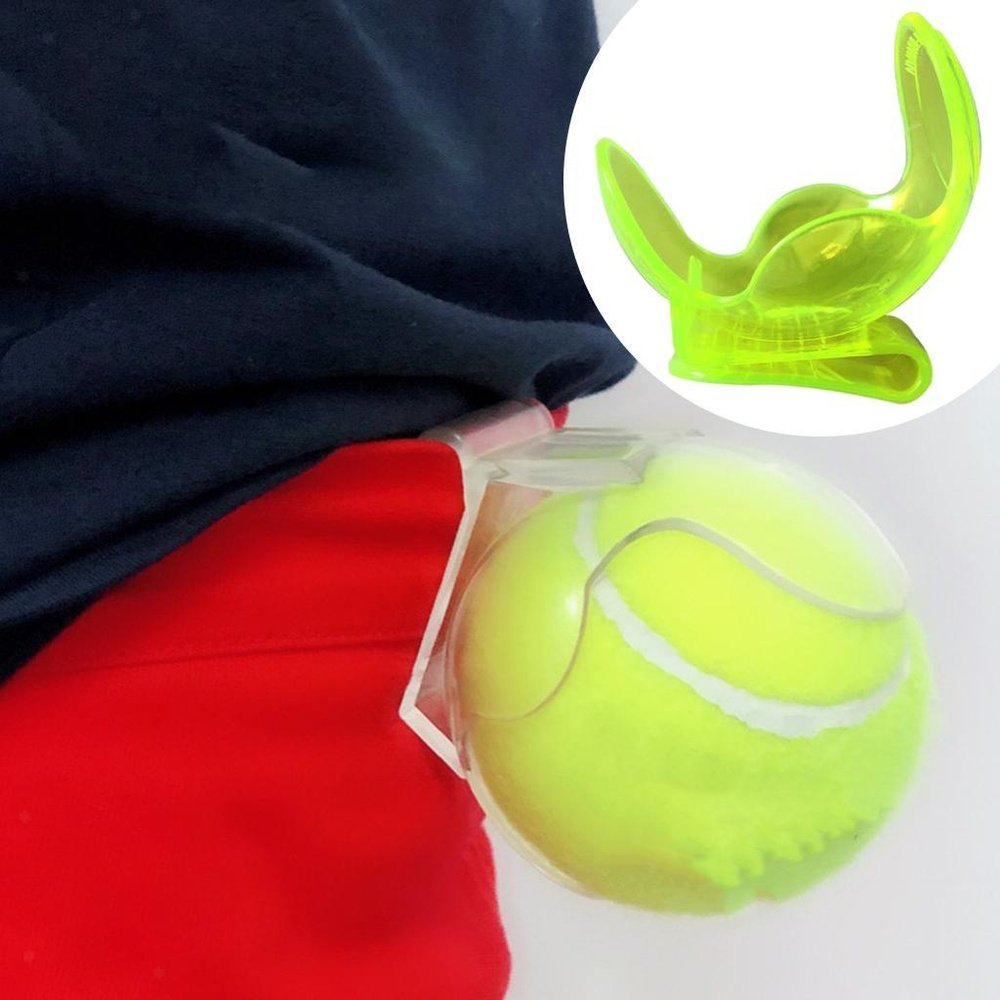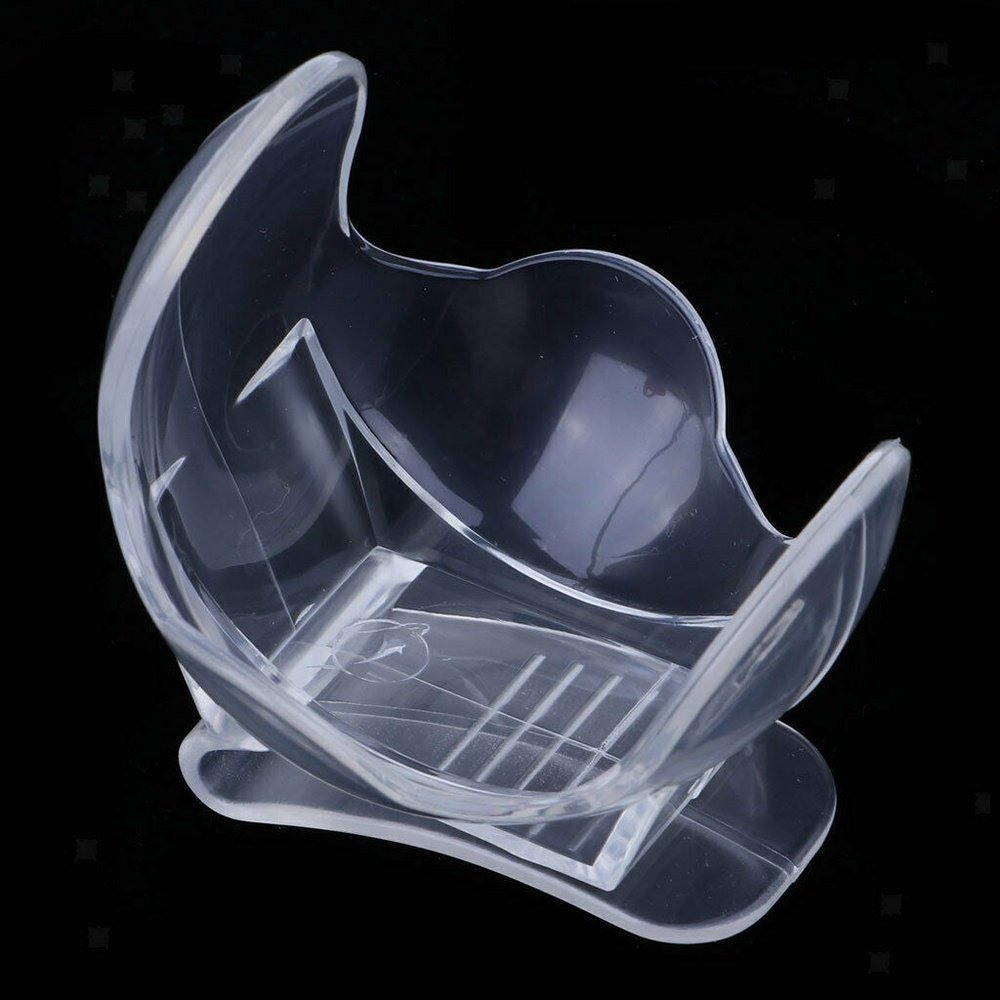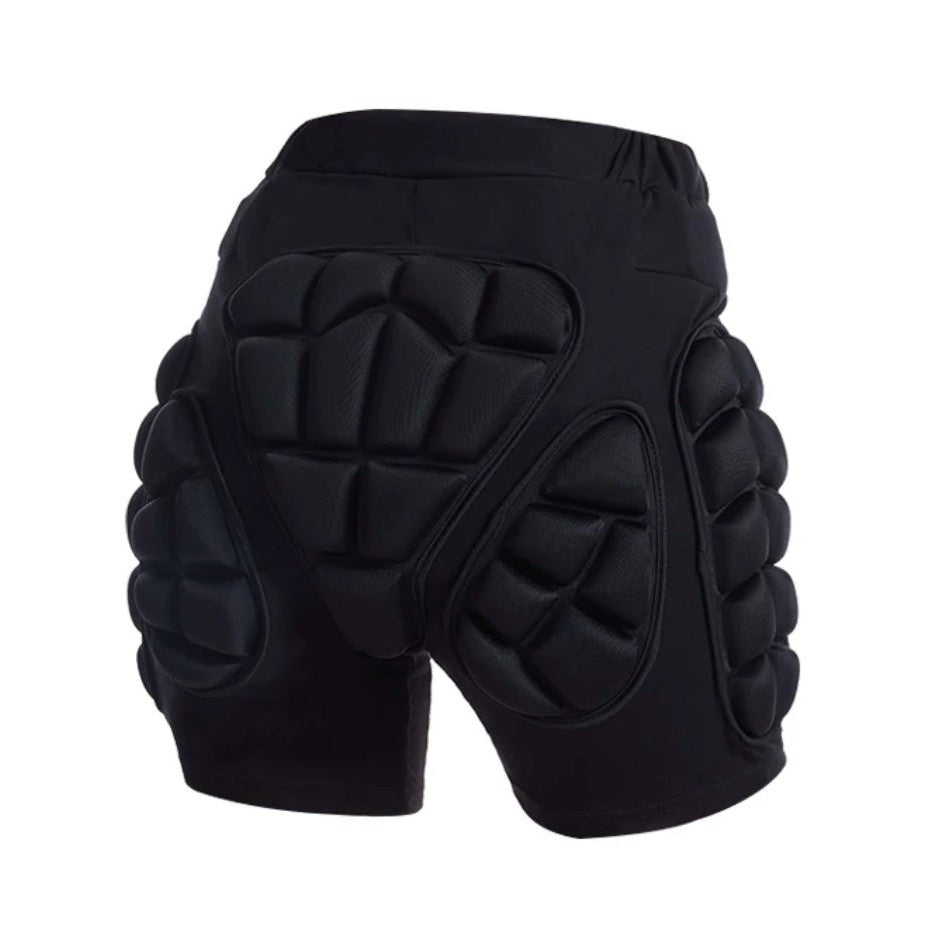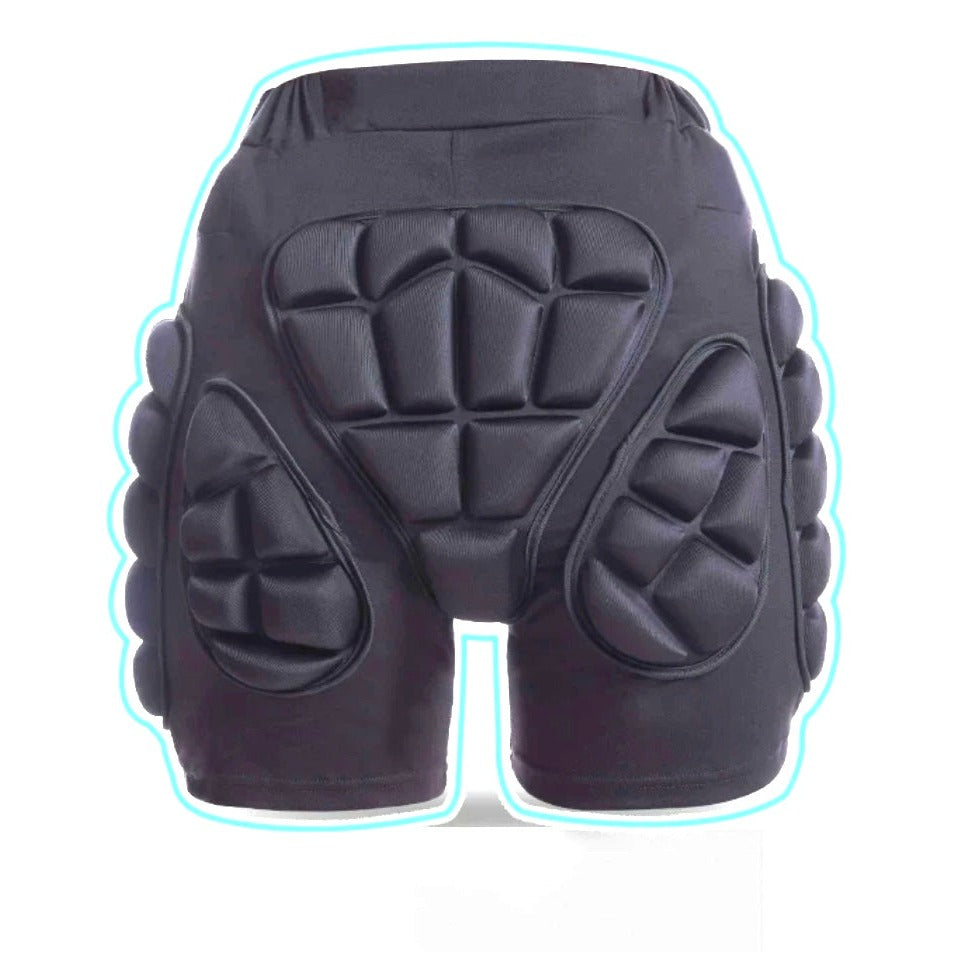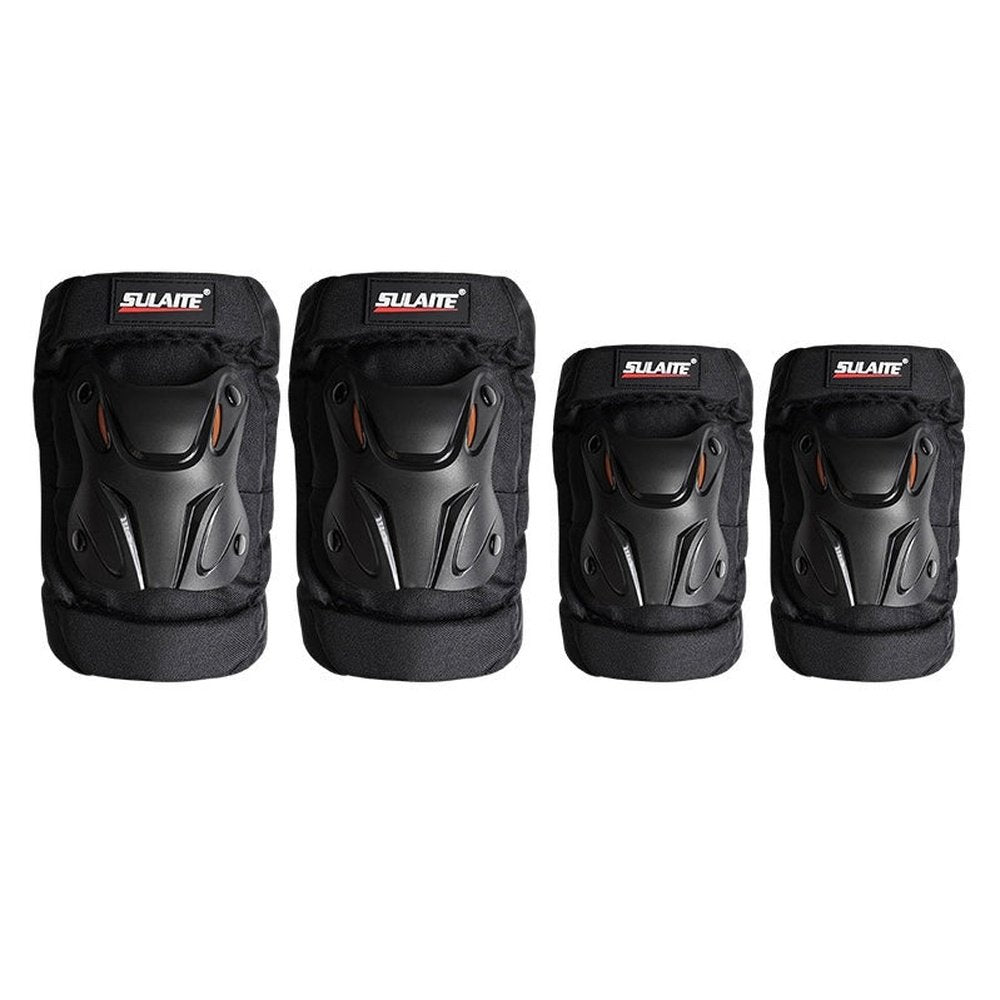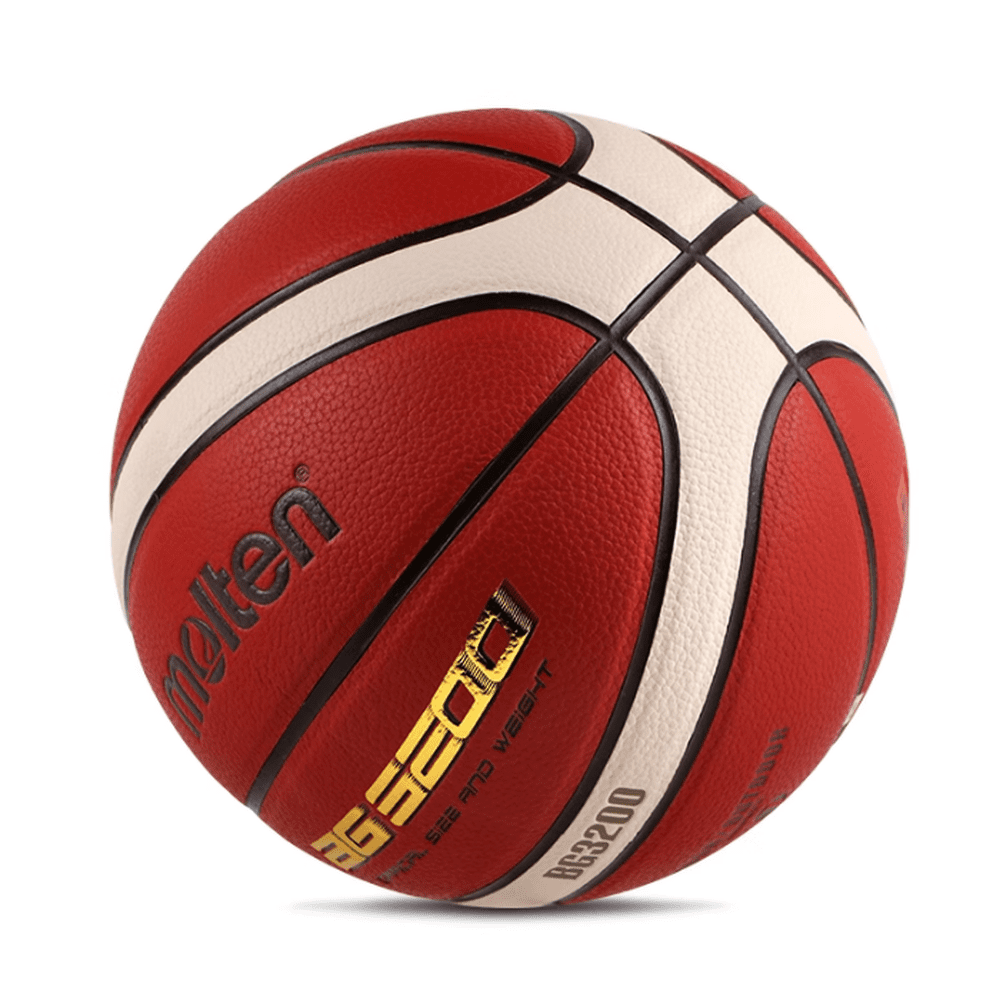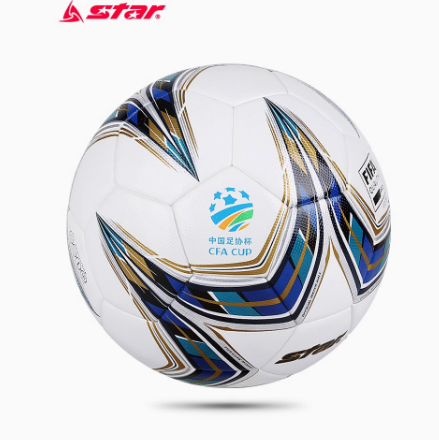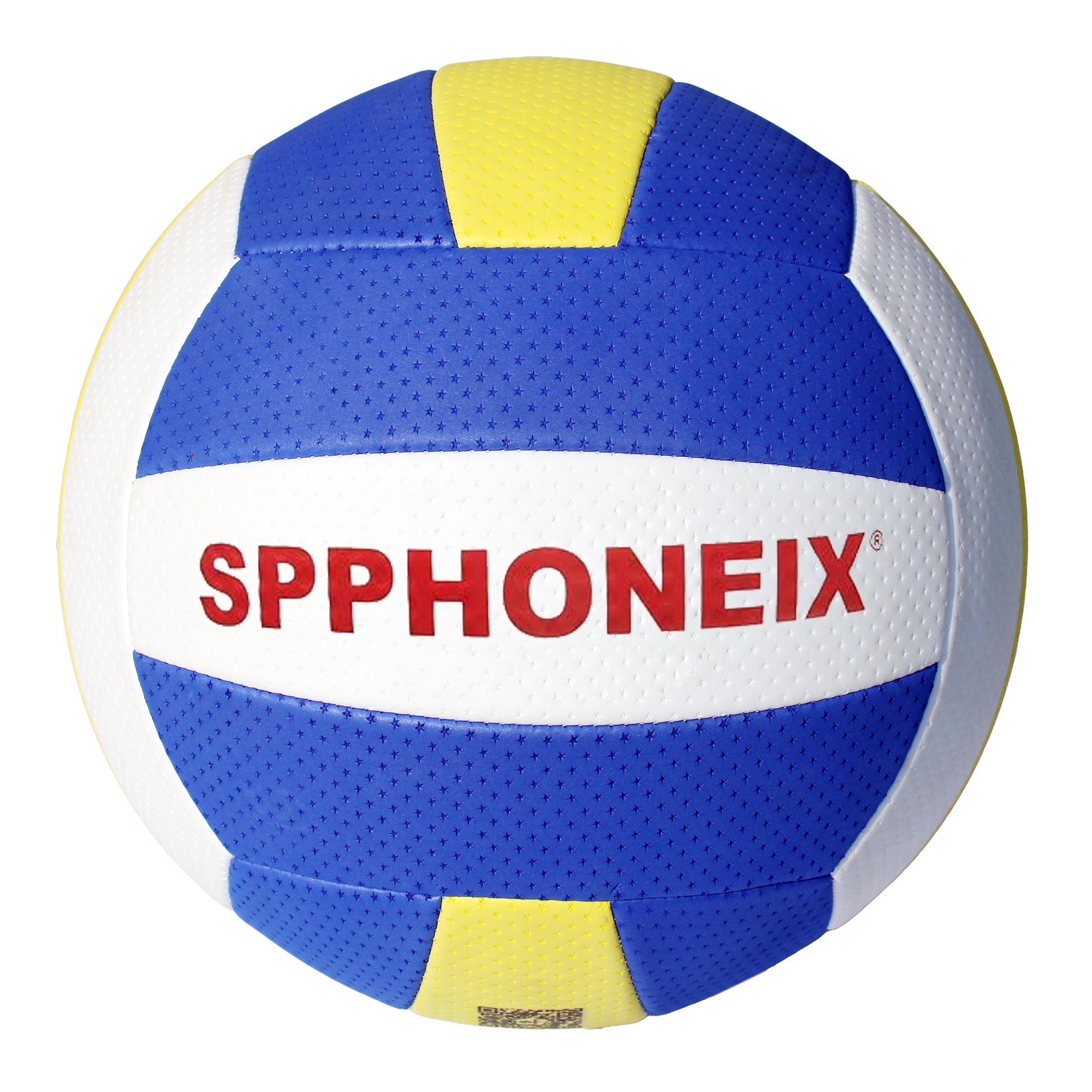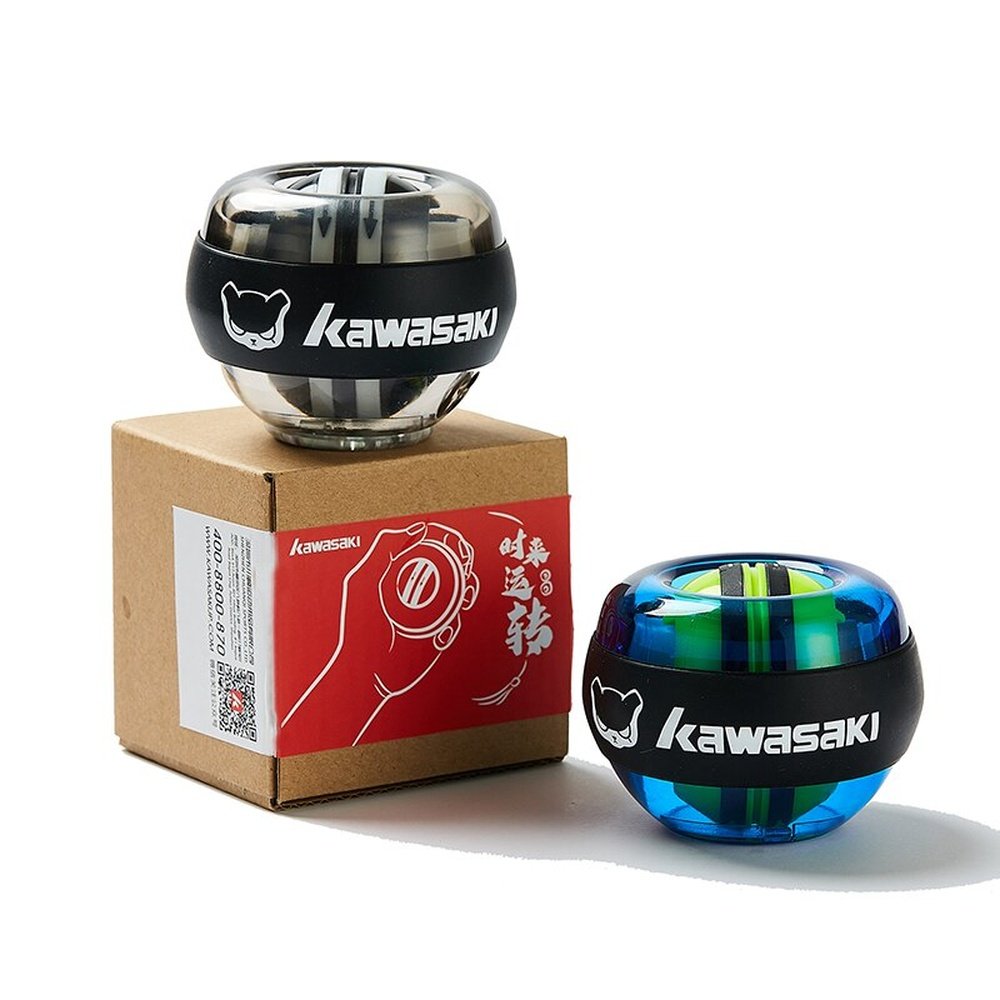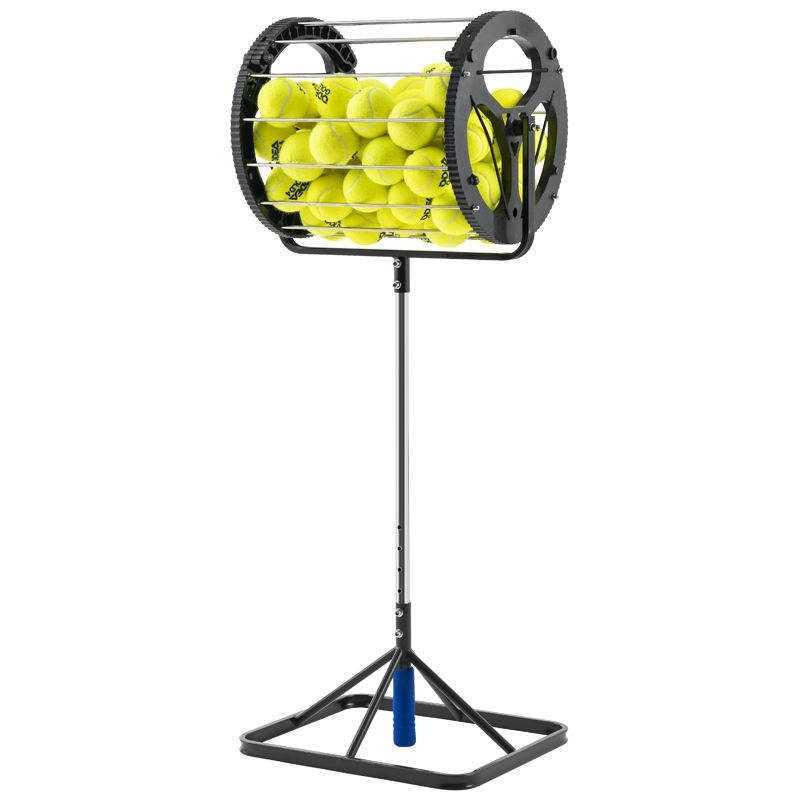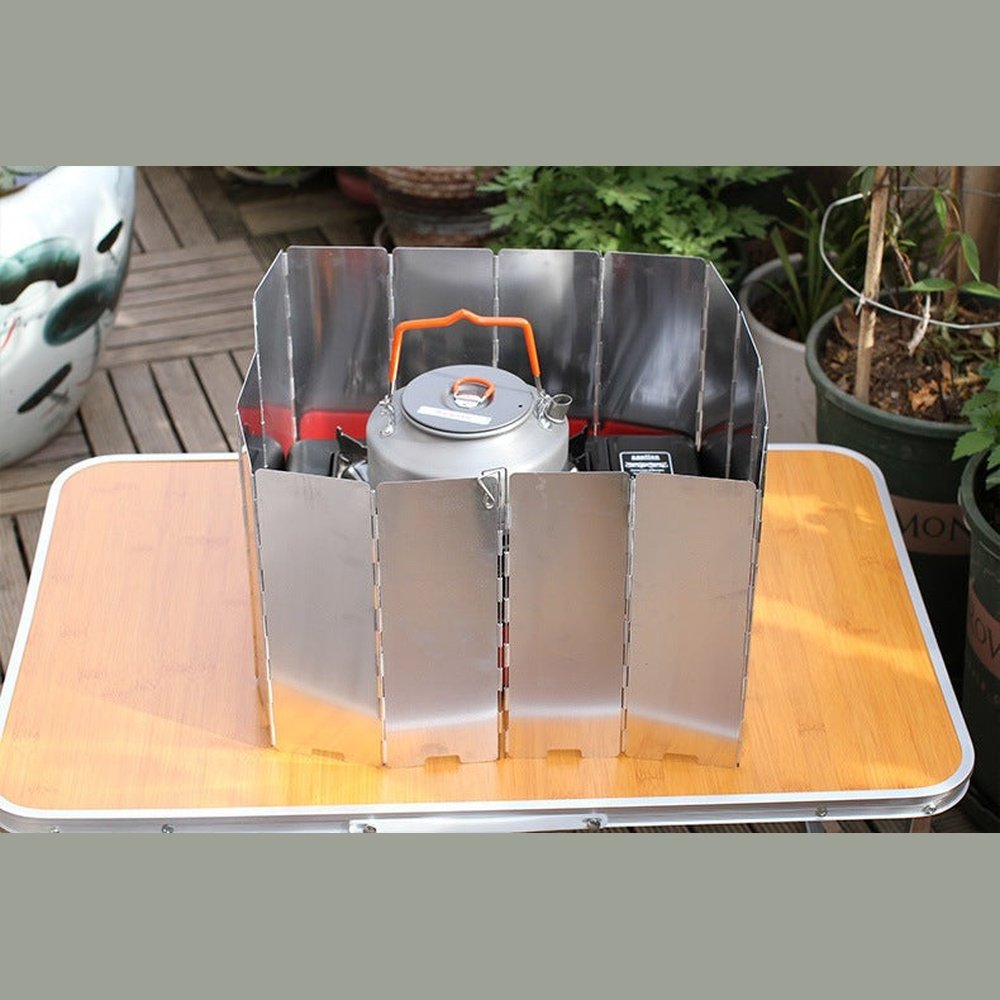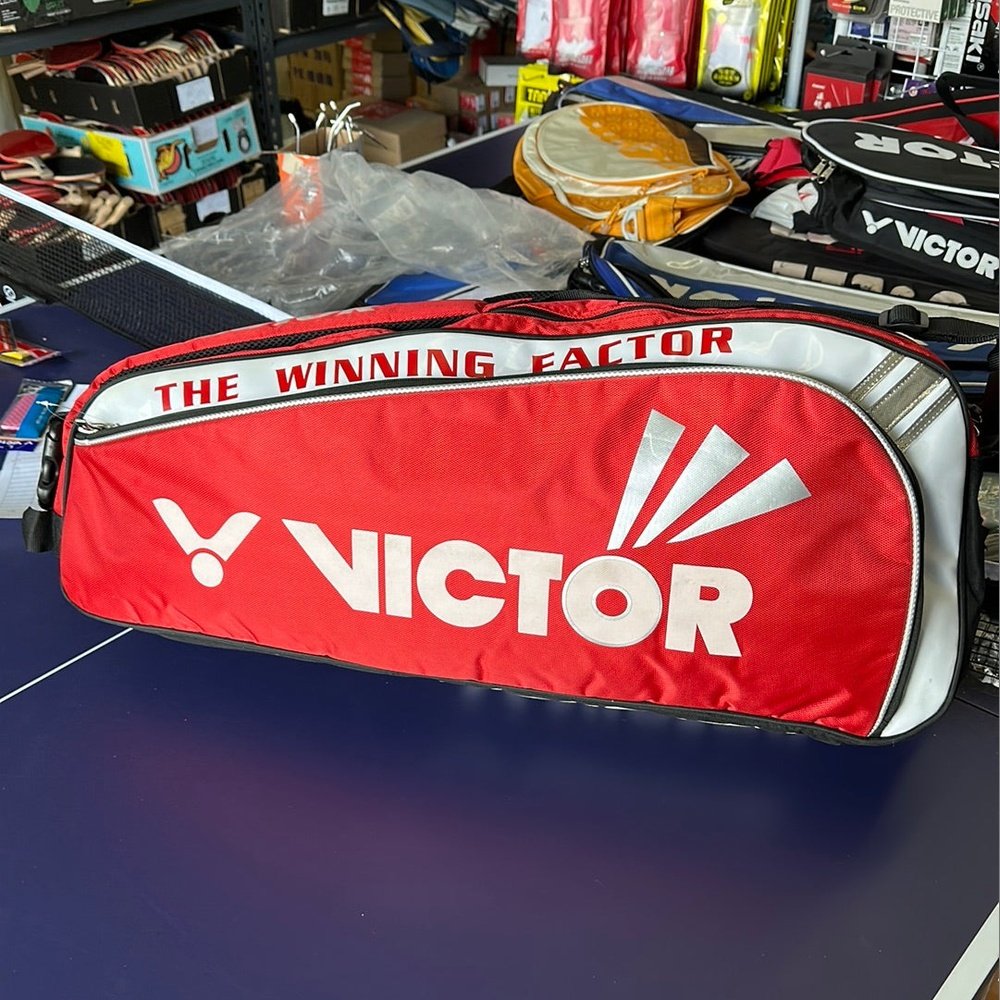Shipping Policy
We aim to provide reliable and timely delivery for all orders. Below are the details of our shipping options and guidelines:
Processing Time
Orders are processed within 1 business days (excluding weekends and holidays).
You will receive a confirmation email with tracking details once your order has shipped.
Shipping Methods & Delivery Times
Standard Shipping: 5-7 business days.
Express Shipping: 2-3 business days.
Please note: Delivery times may vary based on location and carrier service.
Shipping Costs
Standard Shipping: Free for orders over $100.
Orders below $100: Flat rate $9.99.
Express Shipping: Flat rate $19.99.
International Shipping
Available to selected countries. Delivery times range from 7-15 business days.
International shipping rates will be calculated at checkout based on destination.
Customs fees, duties, and taxes (if applicable) are the responsibility of the customer.
Order Tracking
Once your order is shipped, you will receive a tracking link via email to monitor delivery status.
The bonding method of string series bottom violin/acoustic guitar/cello rackets produced by Nittaku is to soak the whole piece of wood in adhesive for a period of time before bonding. The purpose is to fill the cell (water transport) tubes of the wood board with glue, thereby achieving better power transmission, increasing the reflection of the ball, and allowing players to have a clearer feel when hitting the ball, faster counterattack speed, and louder sound.
This bonding method was originally the bonding method of violin wood pieces, so the first racket manufactured was named violin. Because of the selected wood and the labor-intensive production process compared to traditional rackets, the price is higher. When the mainland player Ma Long debuted, he used an acoustic guitar as his ball tool to achieve good results, and also made the violin racket brand famous.
Compared with the violin board, the acoustic guitar board is slightly thicker, more elastic, and faster, which is more suitable for male players.
The cello, which is mainly used for excellent slicing performance, has the same structure as the violin. The ball will stay on the board for a longer time. The racket is highly stable and tough. It is a good defensive racket, especially when defensive players increase the frequency of counterattacks in the middle of the slicing in order to achieve better results in the game. The traditional slicing board does not have enough support, but the cello can easily do this. It is a great racket.
You may also like
Recently viewed



